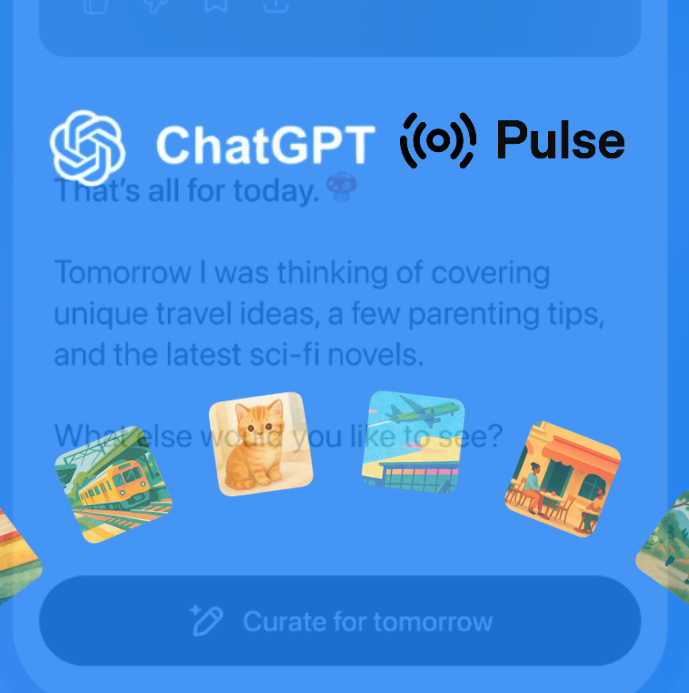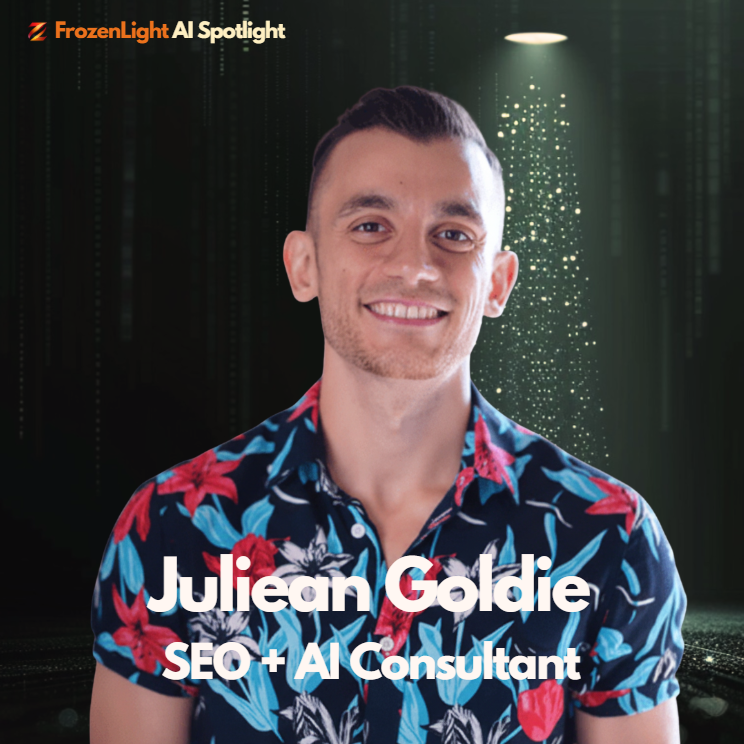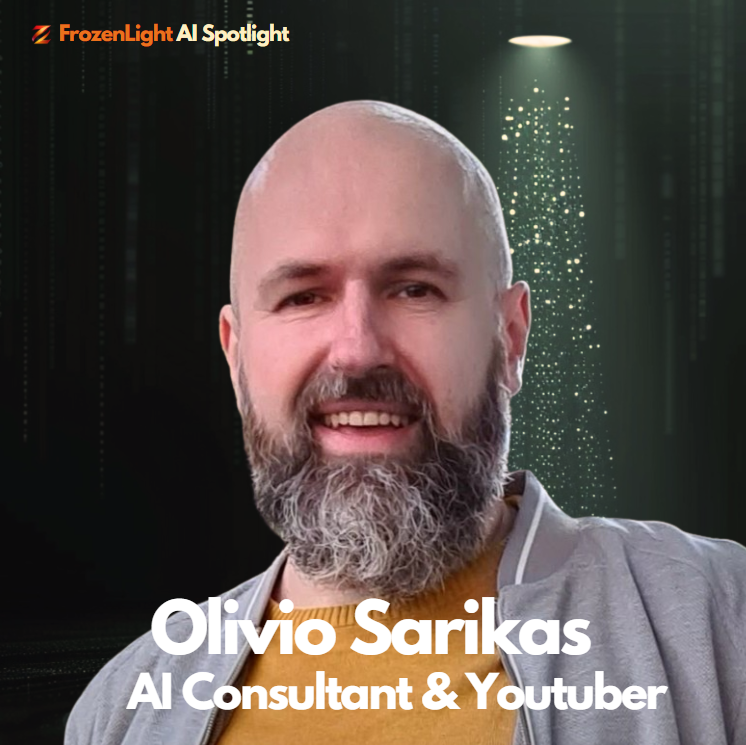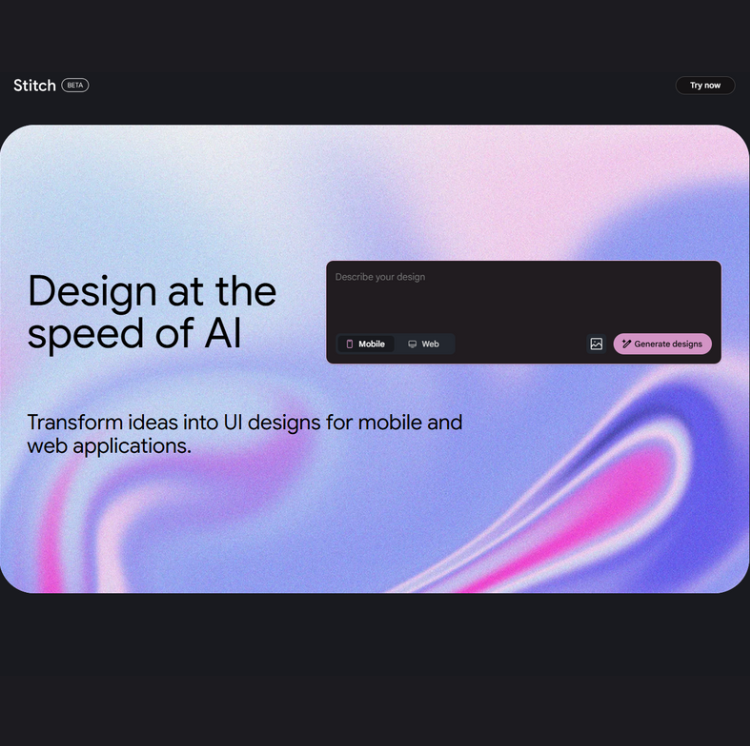On July 7, 2025, Anthropic unveiled a Targeted Transparency Framework for advanced AI labs - a bold proposal aimed at making cutting-edge AI development more accountable while leaving room for innovation.
What the Anthropic Is Saying
-
– Frontier labs only: Applies to companies spending over $1B in R&D or earning over $100M per year.
– Secure Development Framework (SDF): A public roadmap of how labs identify risks - from misinformation to biothreats - and plan to address them.
– System Cards: Summaries of testing, known behaviors, and risk mitigations, updated with every model release.
– Whistleblower & Accountability: Labs committing fraud could face legal consequences; whistleblowers are protected. -
Anthropic explained:
“Frontier AI labs should make clear, publicly available commitments to safety” and called for “clear expectations around truthful public communication” .
What That Means (In Human Words)
If you're using Claude - or thinking about using any of Anthropic’s models - here’s what this means for you:
Anthropic has published a structured framework for internal safety and release practices.
This framework outlines how powerful AI systems should be evaluated, governed, and documented - and it’s the same one they now recommend others adopt.
Based on that, it’s fair to assume this is the same foundation they use internally (if not a stricter version), and that Claude’s development follows these principles.
These practices are grounded in their Core Views on AI Safety, which define how models should be trained and evaluated to reduce risks at every stage.
By sharing this, Anthropic offers:
-
A transparent view of how its models are assessed for safety
-
Clear definitions of what risk looks like at different model capability levels
-
Thresholds for when a model must go through deeper testing
-
Public-facing documentation (like system cards) to explain model behaviour and known constraints
In short:
You’re using a model built on a publicly shared framework that defines how safety should be handled - and that same framework is now being put forward as a standard for others to follow.
Let’s Connect the Dots
If you wish to understand what is behind this news, there are a few things you need to be aware of.
Usage and Adoption: Anthropic’s Reach and Growth
-
Monthly active users: Estimated between 16 to 19 million as of early 2025
-
Mobile app users: Around 2.9 million per month
-
Website traffic: Peaked at 18.8 million unique visits (late 2024); stable around 16 million (early 2025)
-
User demographics:
-
52% are aged 18–24
-
25–35% are aged 25–34
-
Majority of users are male (estimated 62–78%)
-
Top countries: United States (~33–36%), India (~7%), United Kingdom (~7%)
-
Primary uses:
-
57% for writing, coding, planning, and creative tasks
-
43% for automation (e.g., AI handling tasks without user input)
-
Revenue: Estimated $3 billion in annualised revenue as of May 2025
-
Backers: $4B from Amazon, $2B from Google
-
Valuation: Estimated between $61–62 billion
These figures reflect the current scale and public adoption of Anthropic’s AI systems.
Funding & Valuation
-
Series E Financing (Mar 2025): Raised $3.5 billion, led by Lightspeed Venture Partners; valuation reached $61.5 billion.
-
Amazon Investment: Has invested a total of $8 billion (initial investment plus follow‑up convertible notes).
-
Google Investment: Provided $2 billion in early funding and later added another $1 billion, totaling $3 billion.
-
Other Investors: Participation from Bessemer, Cisco, Salesforce Ventures, Fidelity, General Catalyst, Jane Street, D1 Capital, Menlo Ventures, among others.
Summary Table
|
Investor |
Investment Amount |
Notes |
|
Lightspeed |
$3.5 billion |
Series E funding, valuation $61.5 B |
|
Amazon |
$8 billion |
Total investment via equity & notes |
|
|
$3 billion+ |
Initial and convertible debt investments |
|
Other VC firms |
Not disclosed |
Including Bessemer, Salesforce, Cisco |
Safety Strategy Rollout: How Anthropic Is Positioning Itself
Anthropic has built its public and business positioning around safety as a core product feature, not just internal policy.
Here’s how that strategy is being rolled out:
-
Responsible Scaling Policy (RSP):
A public framework that classifies models by risk level (ASL‑1 to ASL‑3+), with specific safety, deployment, and monitoring requirements at each level. -
AI Safety Levels (ASL):
Models are assessed based on capability and risk. Higher ASL levels (like ASL‑3) trigger stronger safety protocols, including internal red-teaming, restricted release conditions, and the possibility of halting deployment. -
Constitutional AI:
Claude is trained using a set of written principles (the “constitution”) designed to shape behavior without relying solely on human feedback. -
System Cards and Transparency Reports:
Anthropic publishes documentation about each model’s capabilities, testing results, known limitations, and mitigation strategies. -
Whistleblower Accountability:
The company supports legal and public oversight by proposing penalties for labs that misrepresent their compliance with safety standards. -
Engagement with Regulators:
Anthropic actively proposes frameworks to governments (e.g. its recent call for mandatory transparency in frontier AI development) to shape future oversight.
This strategy serves both internal governance and external market positioning - presenting Anthropic as a safety-first leader among frontier AI labs.
It also reflects the background of Anthropic’s founders, many of whom came from OpenAI and were early voices in AI alignment and long-term risk. Their safety-first philosophy is now directly embedded into Claude’s design, deployment rules, and public messaging.
With over 16 million monthly users and some of the largest tech firms backing their roadmap, Anthropic is using safety not just as a principle - but as a growth strategy, a trust signal, and a defining feature of their platform.
Bottom Line
Model in Focus: Claude (Anthropic)
Framework Released: Responsible Scaling Policy (RSP)
Core Principles: Core Views on AI Safety
Documentation: System cards and model-level safety explanations expected with releases
Stage: Public call for adoption; reflects Anthropic’s internal approach
Goal: Create a shared standard for managing safety risks as AI systems become more powerful
If you're exploring or deploying Claude, this gives you visibility into how Anthropic approaches safety - and what to expect as you work with their models.
If you wish to dig deeper and understand Anthropic’s core beliefs about what defines safety and risk, you should read this: Anthropic’s Core Views on AI Safety.
Prompt It Up: The New Way to Connect with the News
Use this prompt with Claude, ChatGPT, or any advanced LLM to explore how the system approaches safety in practice:
📋 Copy & Paste Prompt:
Can you explain what internal safety processes were applied to your latest model before it was released?
I’d like to understand:
– What level of risk you're classified under
– How you're tested for misuse
– What guardrails shape your responses
– And whether there's any documentation or system card I can review as a user
This works across most models - and it’s a great way to check how much the system really “knows” about its own deployment standards.
Frozen Light Team Perspective -
Because Perspective is How you Stop a Cult
Anthropic’s message is clear:
“We’ve defined what safety means, and we’re ready to lead with it.”
And that’s valuable.
The fact that they’ve opened up this conversation, shared their internal framework, and connected it to public understanding is important.
It brings structure to a topic most people still find vague - and gives policymakers something to work with.
But let’s not confuse leading the conversation with owning the truth.
What Anthropic defines as “safe” and “high risk” is their interpretation - built around their values, their model goals, and their business priorities.
Does that make it wrong? No.
Does that make it right for everyone? Also no.
There’s a difference between setting the bar and declaring yourself the only one allowed to hold it.
And that’s where this gets tricky.
This isn’t about who cares more.
It’s about who defines the rules - and who gets left out when one version of “safety” becomes the only one that counts.
Anthropic’s approach deserves attention. It’s detailed, transparent, and useful.
But it also limits what Claude will say, do, or allow - and that’s not neutral. That’s design.
So if you're a user, here’s what matters most:
You decide what safety means to you.
You decide what risks you’re willing to take.
And you decide if a system’s priorities line up with your own.
If they do - great. Use it.
If they don’t - choose another one.
That’s the freedom we need to protect while this conversation unfolds.
And that’s what keeps this a win–win - not a one-lab show.









